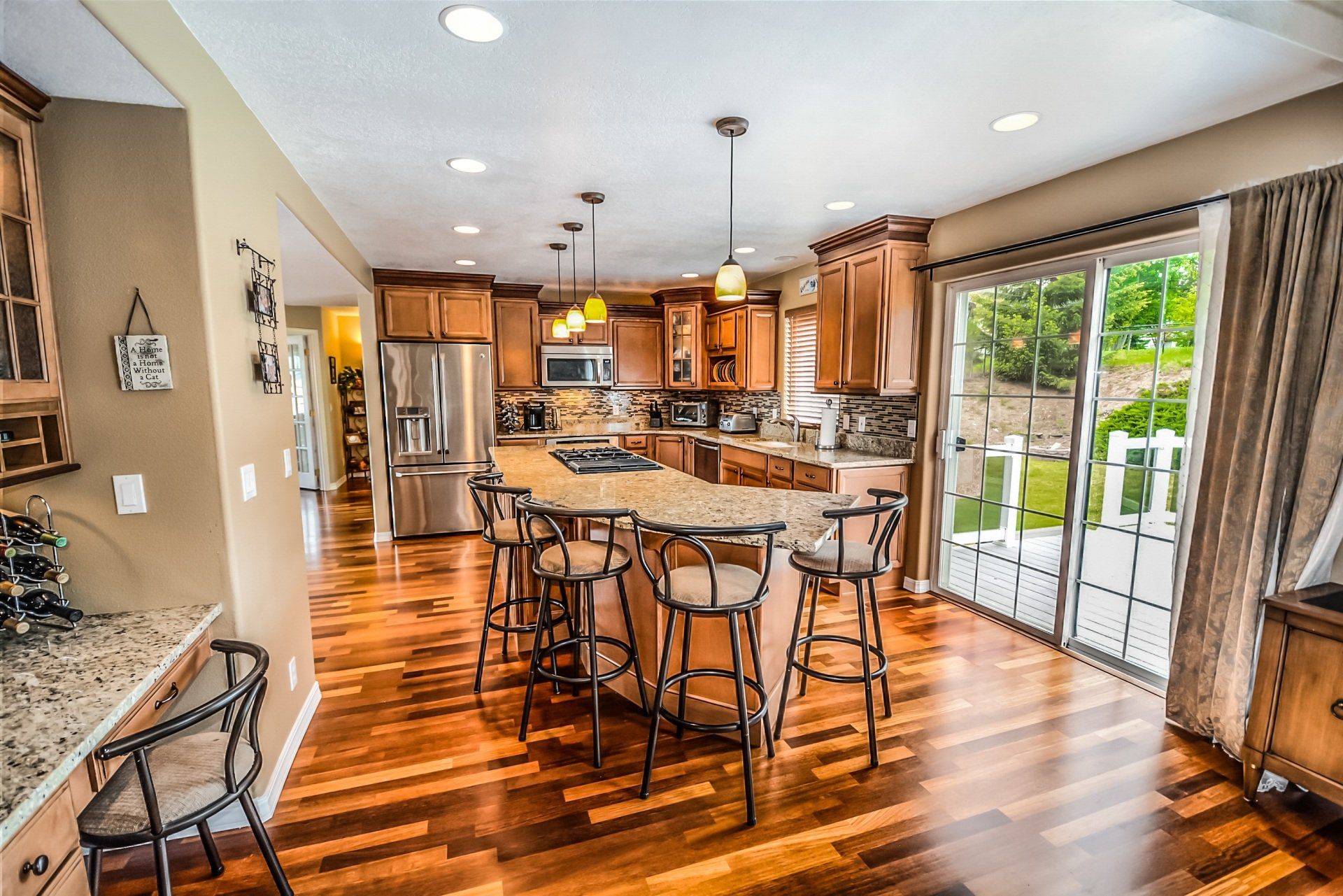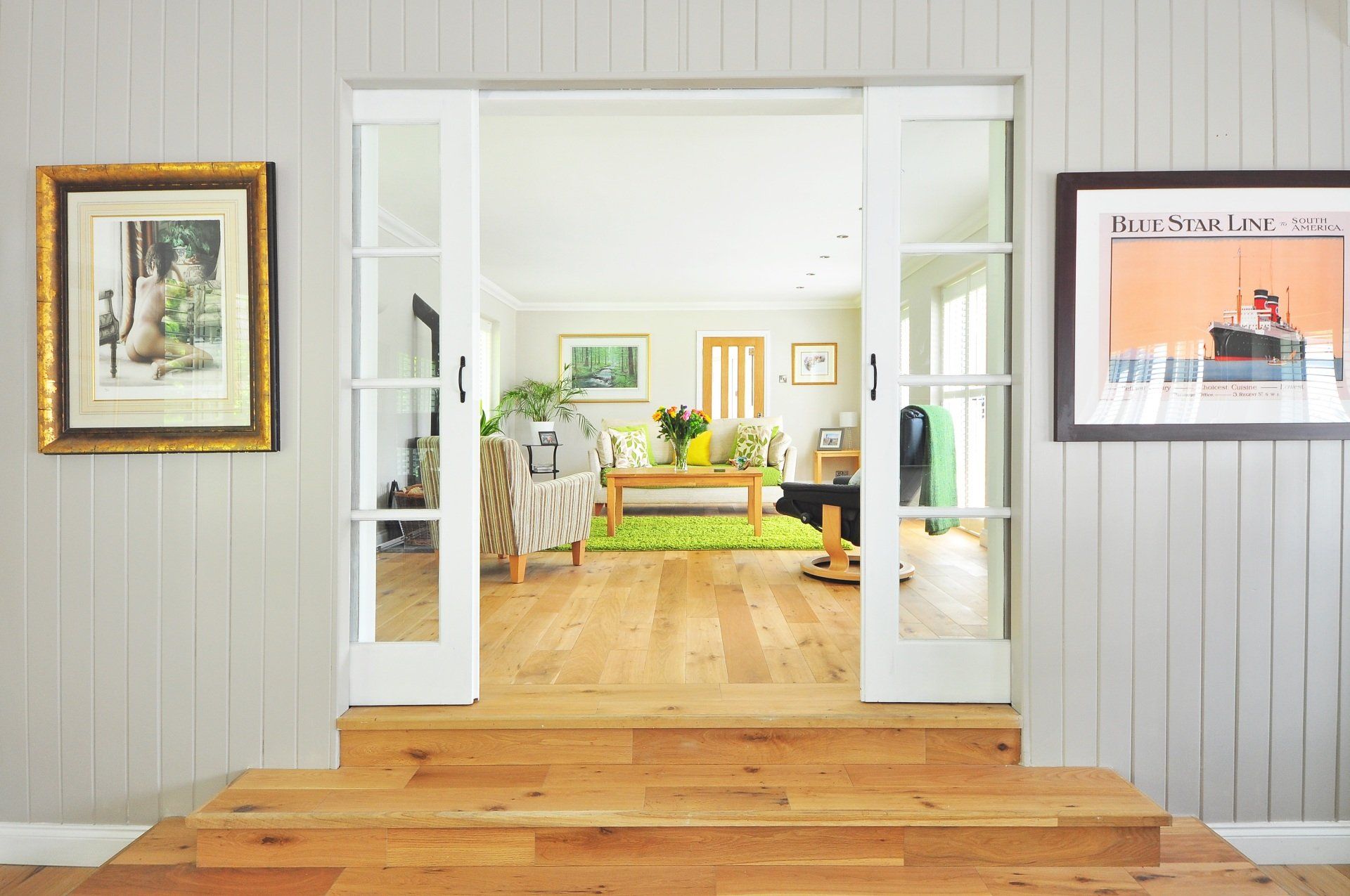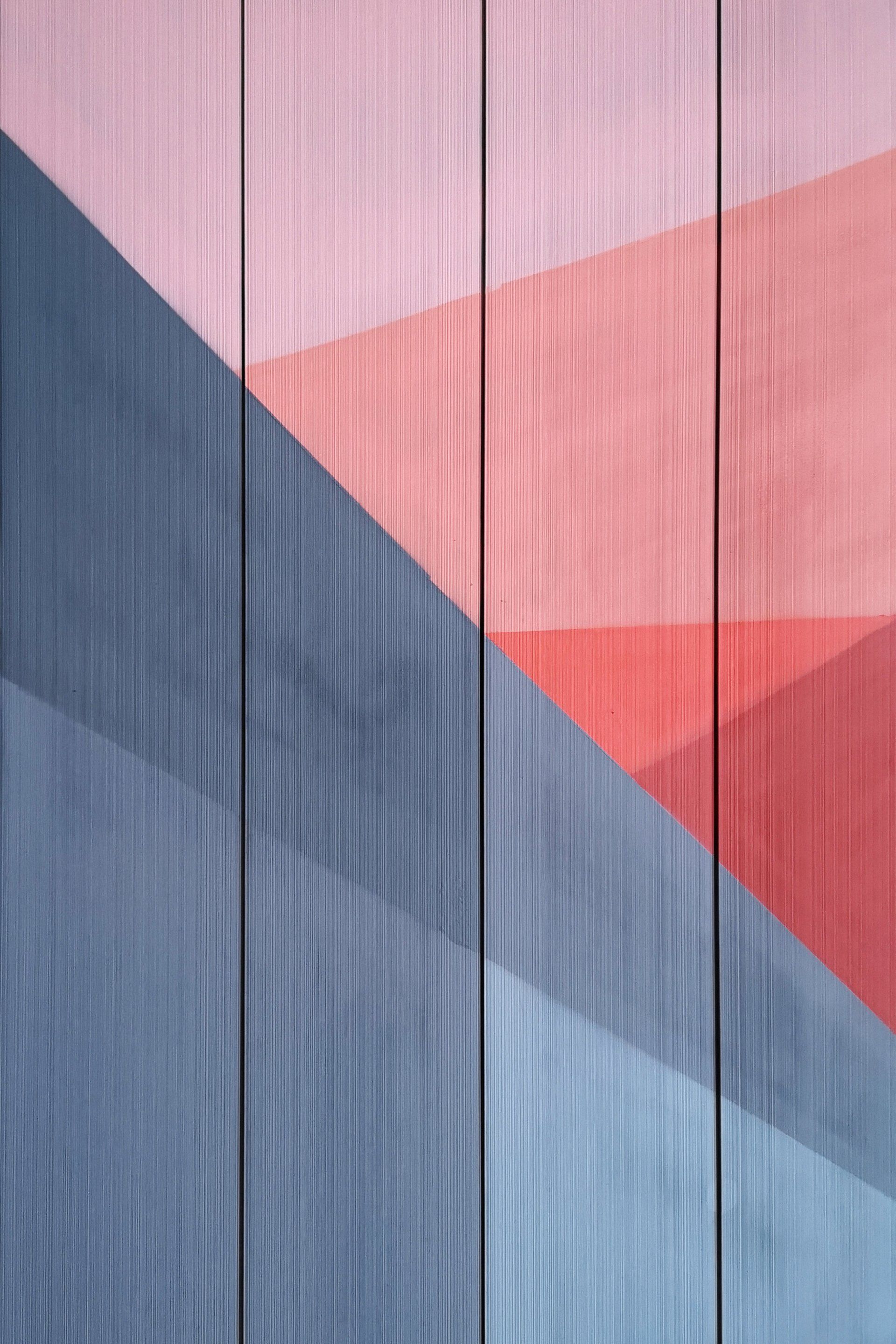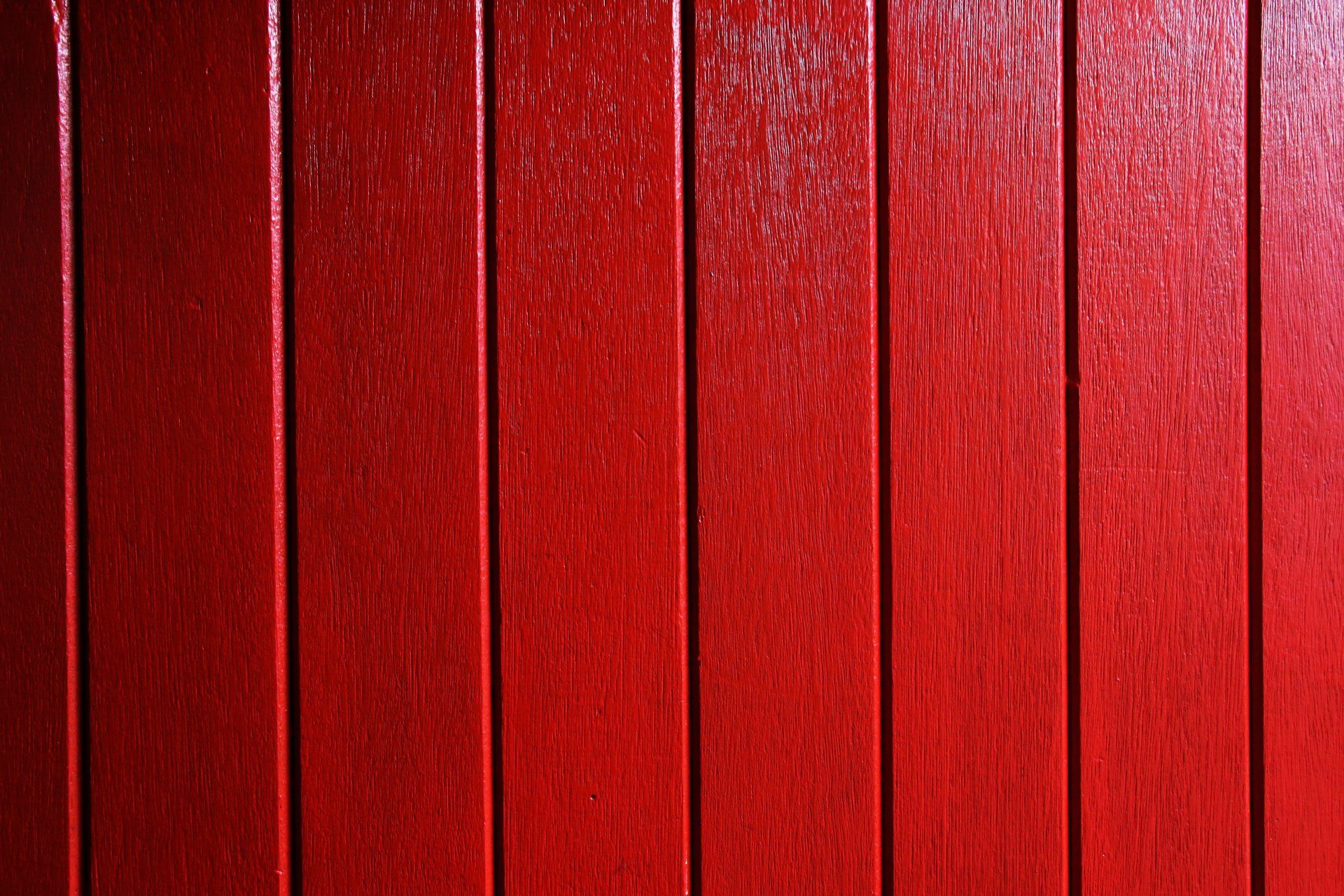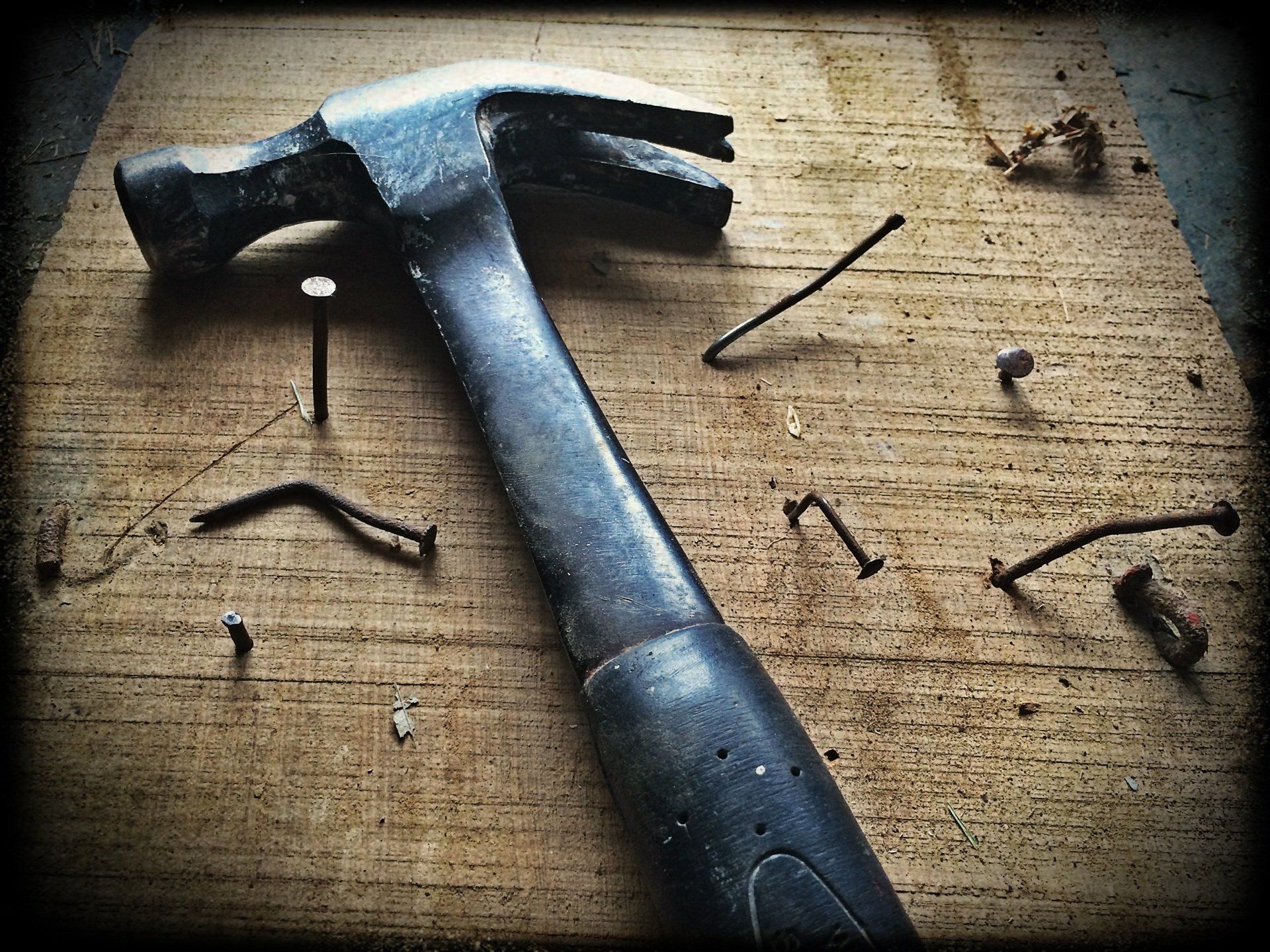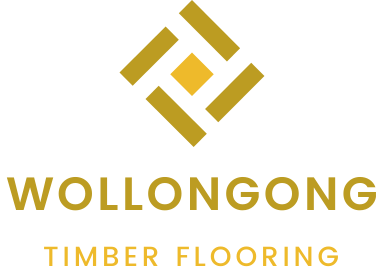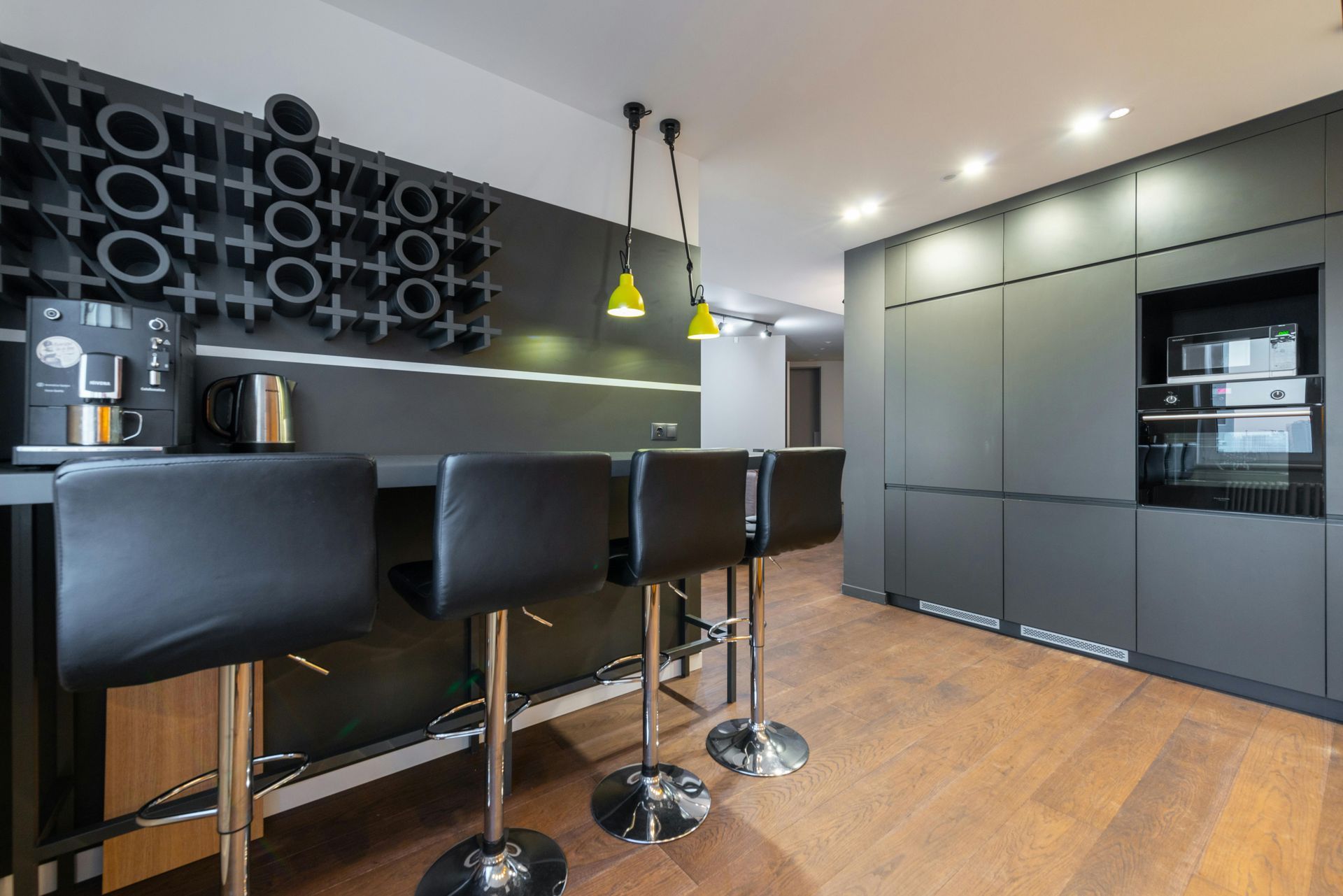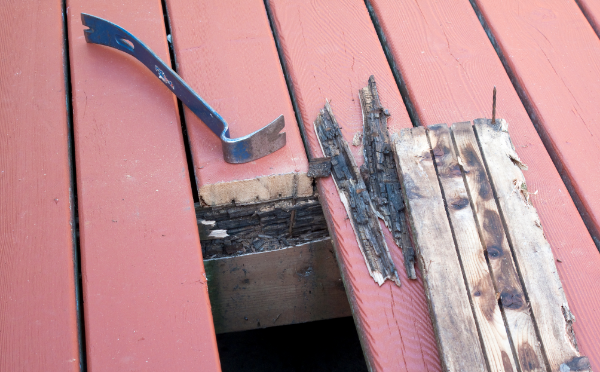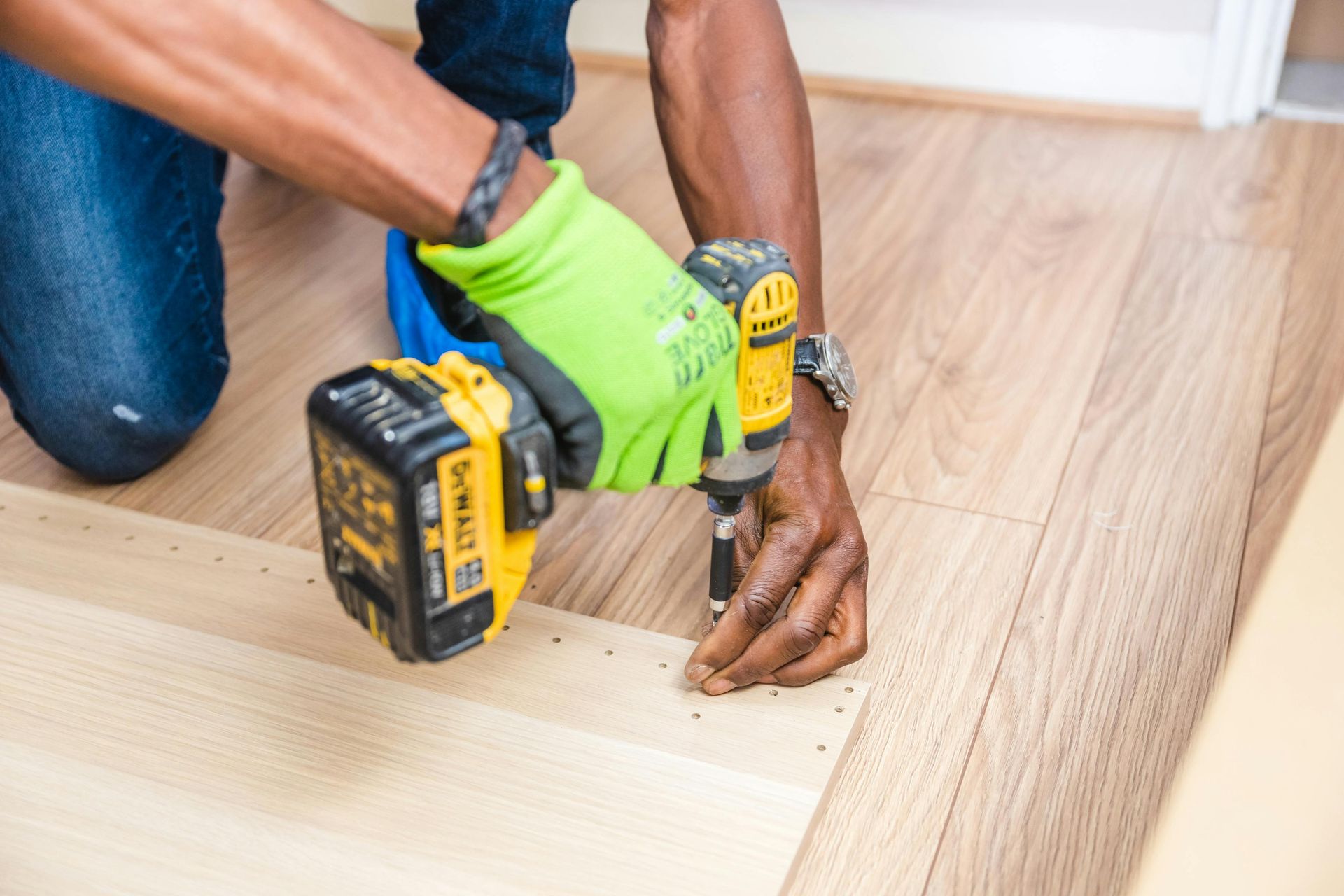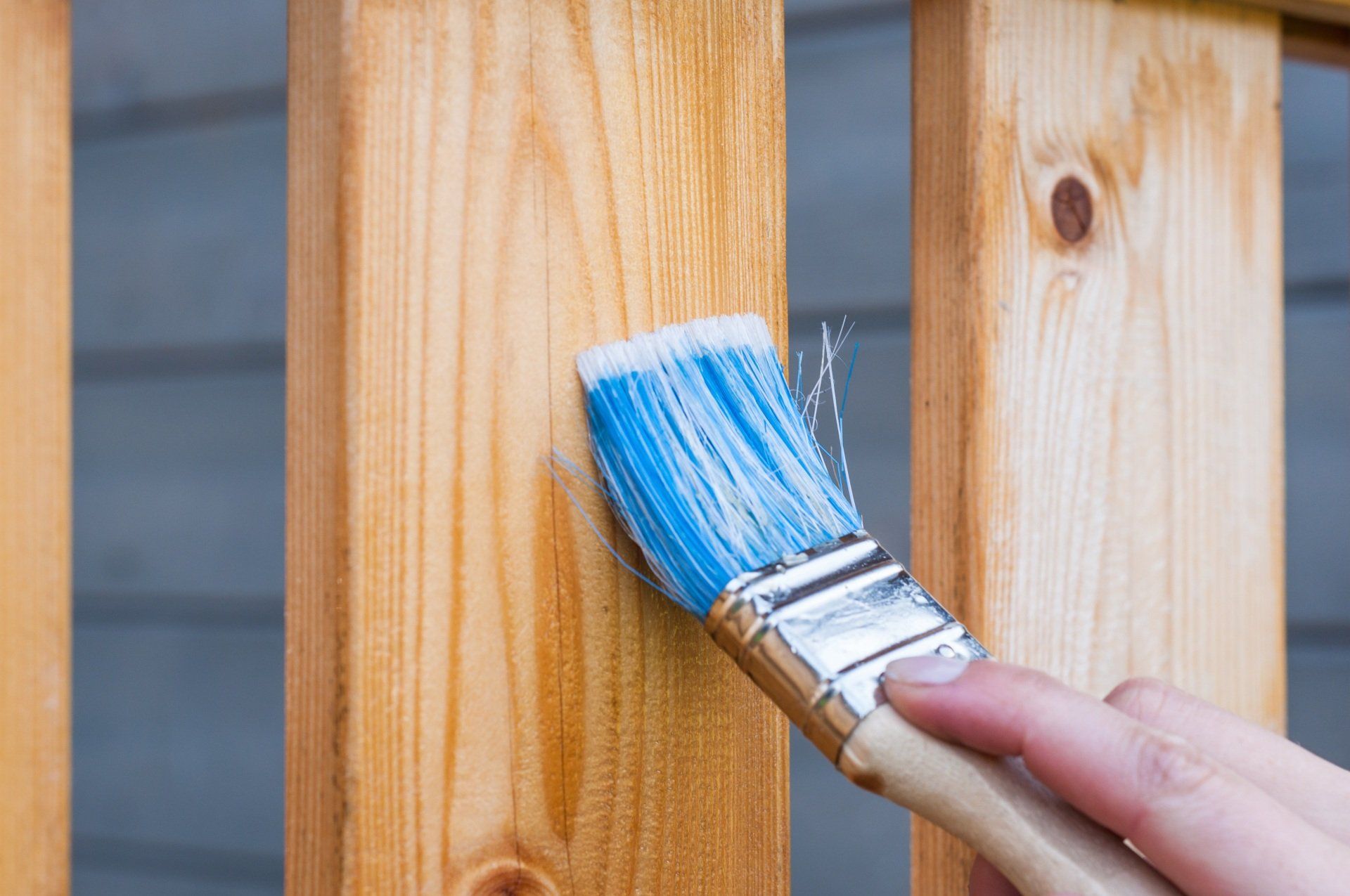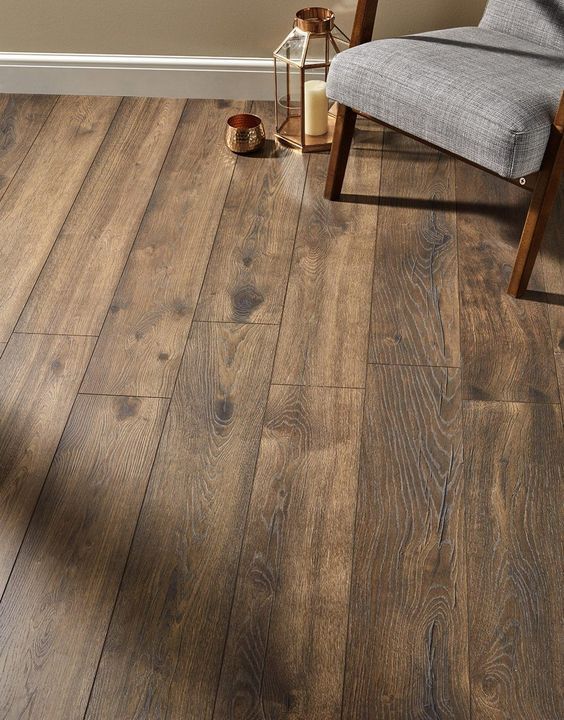Underlayment in Timber Flooring: Purpose and Cost Implications
When considering a flooring project, choosing the right underlayment for your timber flooring is essential. This foundational layer not only ensures the durability and performance of your hardwood flooring but also contributes to the overall comfort and longevity of the installation. In this article, we’ll explore the purpose and cost implications of underlayment in timber flooring, examining different materials and their benefits for various flooring types, including engineered timber flooring, floating floors, and solid timber.
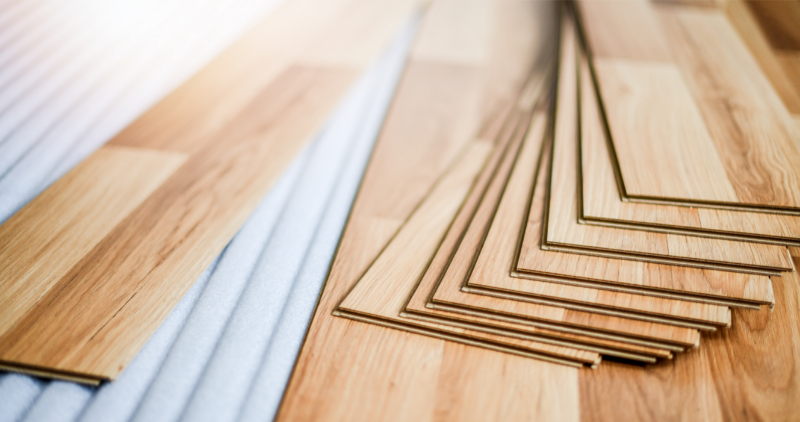
What is Underlayment in Timber Flooring?
Underlayment refers to the layer placed between the subfloor and the finished floor surface. It can be made from a range of materials such as foam, rubber, or cork, and serves multiple purposes. When paired with hardwood floors, it provides benefits like moisture protection, noise reduction, and thermal insulation. The choice of underlayment can greatly affect the comfort of your living space and the overall performance of your timber flooring.
Purpose of Underlayment in Timber Flooring
Underlayment plays a critical role in ensuring the performance, durability, and comfort of timber flooring. From acting as a moisture barrier to providing noise reduction, the right underlay can make a significant difference in the functionality and longevity of your flooring. Below are the main purposes of underlayment in timber flooring, with an in-depth look at the benefits each provides:
1. Moisture Barrier
One of the primary functions of underlayment in timber flooring is to provide a moisture barrier. This is especially essential when installing timber flooring over concrete subfloors, which are highly susceptible to moisture. Concrete can trap moisture, which may lead to wood floor damage over time, causing warping, swelling, or discoloration. A proper moisture barrier underlayment, such as a foam underlay or rubber underlay, prevents this moisture from reaching your timber flooring, ensuring it remains stable and protected. This is particularly beneficial in areas with high humidity or fluctuating weather conditions, where moisture buildup is common.
2. Noise Reduction
Noise reduction is another vital purpose of underlayment for hardwood floors. High-quality acoustic underlay helps absorb impact noise, such as footsteps, and airborne noise, which can travel between rooms and floors. This is especially important in multi-level homes or apartments, where noise from the upper floor can disturb those below. Choosing an appropriate hard floor underlay, such as rubber underlay or foam underlay, will significantly reduce noise reduction and improve the overall acoustic comfort of your living space. Furthermore, it contributes to indoor air quality by minimizing dust and allergens trapped in the underlay.
3. Comfort Underfoot
Underlayment enhances the comfort of your timber flooring by adding a layer of cushioning, which is particularly noticeable in floating floors. Floating floors, which are not adhered directly to the subfloor, can feel firmer compared to glued-down options. A foam underlay or rubber underlay provides a softer feel underfoot, improving the overall comfort and support of your floor. This added layer of comfort makes a significant difference in areas where people spend long periods standing, such as kitchens or living rooms.
4. Thermal Insulation
Underlayment also provides thermal insulation, which can help maintain warmth in your home. In colder climates, a thermal insulator beneath your hardwood flooring acts as an effective barrier to heat loss, ensuring that the warmth generated inside your home stays within. Additionally, thermal insulation in the underlayment contributes to energy efficiency by reducing the need for additional heating. A good thermal insulator underlay will not only make your home more comfortable during colder months but also reduce heating costs in the long run.
5. Subfloor Imperfection Correction
Over time, subfloors may develop minor imperfections, such as uneven surfaces or small gaps. These imperfections can affect the stability and appearance of your hardwood floor installation. A high-quality underlay acts as a leveling layer, helping to smooth out these imperfections and create a stable and level surface for your timber flooring. This ensures that the floor is properly supported and that the finished floor surface remains even and attractive. Whether you’re using engineered timber flooring, solid timber, or floating floors, the right underlayment will help correct minor subfloor imperfections and provide a solid foundation for your new flooring.
Cost Implications of Underlayment in Timber Flooring
The cost of underlayment varies depending on the material and its specific benefits. Understanding these cost implications is crucial when planning your flooring project.
Basic Foam Underlay: Foam underlay is one of the most affordable options, often used in laminate floors and engineered timber flooring. It offers basic noise reduction and comfort underfoot but lacks the moisture protection and durability of more advanced materials. Prices generally range from $0.50 to $2 per square meter.
Rubber Underlay: For enhanced noise reduction and moisture protection, rubber underlays are a great option. While they are more expensive than foam, ranging from $2 to $5 per square meter, they provide superior durability, thermal insulation, and acoustic properties. This makes them ideal for floating floors and high-traffic areas.
Cork Underlay: Cork is a natural material that offers noise reduction, thermal insulation, and moisture protection. Cork underlayment typically costs between $2 and $4 per square meter, and is often chosen for eco-friendly projects due to its use of recycled materials. Its natural beauty and sustainability make it a popular choice for those seeking environmentally friendly options.
Hybrid Flooring Underlay: As hybrid floors become more popular, many homeowners are opting for underlayment options that complement the unique needs of this flooring type. These underlays often provide a combination of moisture protection, thermal insulation, and noise reduction, and may cost anywhere from $2 to $6 per square meter depending on the material and thickness.
Choosing the Right Underlay for Your Timber Flooring
Selecting the right underlay involves balancing the benefits you need with your budget. Consider factors such as the type of timber flooring you are installing, the condition of your subfloor, and the performance features you desire. Here’s a quick guide to help you make the right choice:
For Engineered Timber Flooring: Choose an underlay with good moisture resistance and acoustic properties. Foam or cork underlays work well here, with the added benefit of being affordable.
For Solid Timber Flooring: A thicker, more durable underlay such as rubber underlay or cork is ideal to provide long-term stability, moisture protection, and noise reduction.
For Floating Floors: Since floating floors don’t adhere directly to the subfloor, a high-quality underlay is essential for comfort underfoot, thermal insulation, and noise reduction. A foam underlay or acoustic underlay is a popular choice.
Conclusion
Underlayment in timber flooring serves several vital functions that significantly enhance the performance, durability, and comfort of your hardwood floors. Not only does it protect against moisture damage, but it also improves acoustic properties, provides thermal insulation, and corrects minor subfloor imperfections, all of which contribute to a more stable and comfortable living space. Understanding its purpose and cost implications allows you to make an informed decision about which underlay is best suited for your specific needs, whether you’re installing engineered timber flooring, floating floors, or solid timber. By carefully selecting the right underlay, you can extend the lifespan of your flooring, improve comfort underfoot, and enhance overall performance, making it a valuable investment in any flooring project. Ultimately, the right underlayment can elevate the functionality and aesthetics of your timber flooring, ensuring that your home remains beautiful, durable, and energy-efficient for years to come.
About Wollongong Timber Flooring
Wollongong timber flooring is renowned for creating wooden floors in its natural beauty and durability- a popular choice for both residential and commercial spaces. Located along the scenic coastline of New South Wales, Wollongong boasts a rich array of timber species that are sourced sustainably from local forests. The unique climate and soil conditions in the region contribute to the exceptional quality of the timber, resulting in flooring options that are not only aesthetically pleasing but also resilient to wear and tear. Homeowners and designers alike appreciate the warmth and character that Wollongong timber flooring adds to interiors, creating inviting spaces that blend seamlessly with both modern and traditional decor.
